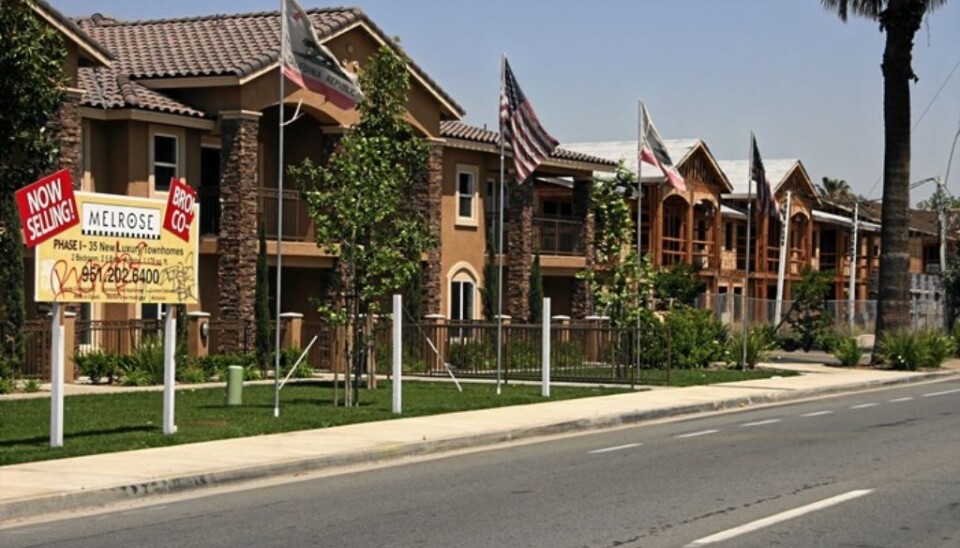An article from University of Oslo

Causes of US housing bubble
Subprime loans and restrictions on the housing market were major contributors to the housing bubble that struck America.
Denne artikkelen er over ti år gammel og kan inneholde utdatert informasjon.
US housing prices rose for years on end until they decreased dramatically from 2006 onwards. However, there were large differences between the regions of the country.
André Kallåk Anundsen, PhD-candidate at the University of Oslo, analyzed regional price differences between the 247 largest cities in the US between 2000 and 2010.
He argues that while subprime loans were the main cause of the housing bubble, limited housing availability had a reinforcing effect.
Reinforced by restrictions
Subprime loans were given to people with low ability to pay off their mortgages, partly to help low income households entering the housing market. These loans were not distributed evenly across the country.

“In poorer areas there were more subprime loans than in other places. Often, these areas experienced the largest declines in housing prices afterwards,” Anundsen says.
The declines were reinforced by the limited housing availability.
“Some areas in the US have geographical building restrictions, caused by terrain characteristics such as lakes or inclinations, or by regional regulatory decisions. Such restrictions may increase the building prices. Areas with many restrictions have experienced reinforced price increase and decrease,” Anundsen explaines.
Especially, the combination of restrictions on supply and subprime loans has reinforced both the price increase as well as the decrease.
Higher prices, higher loans
In addition, there was another effect that made the prices rise: Higher prices gave increased collateral values among the households, which made them able to borrow more money. This ability made the prices increase even more.
“Usually the market will respond to higher demand by increasing the offer of houses. This happens to a lesser extent in a regulated market,” Anundsen says.
However, after a while building companies understood that there was money to be made in a market with high housing prices. In the long run, this led to an increase in building projects, despite restrictions.
“When the market turned, these areas had both high prices and many houses for sale. Hence the price decrease was reinforced, says André Kallåk Anundsen.
































